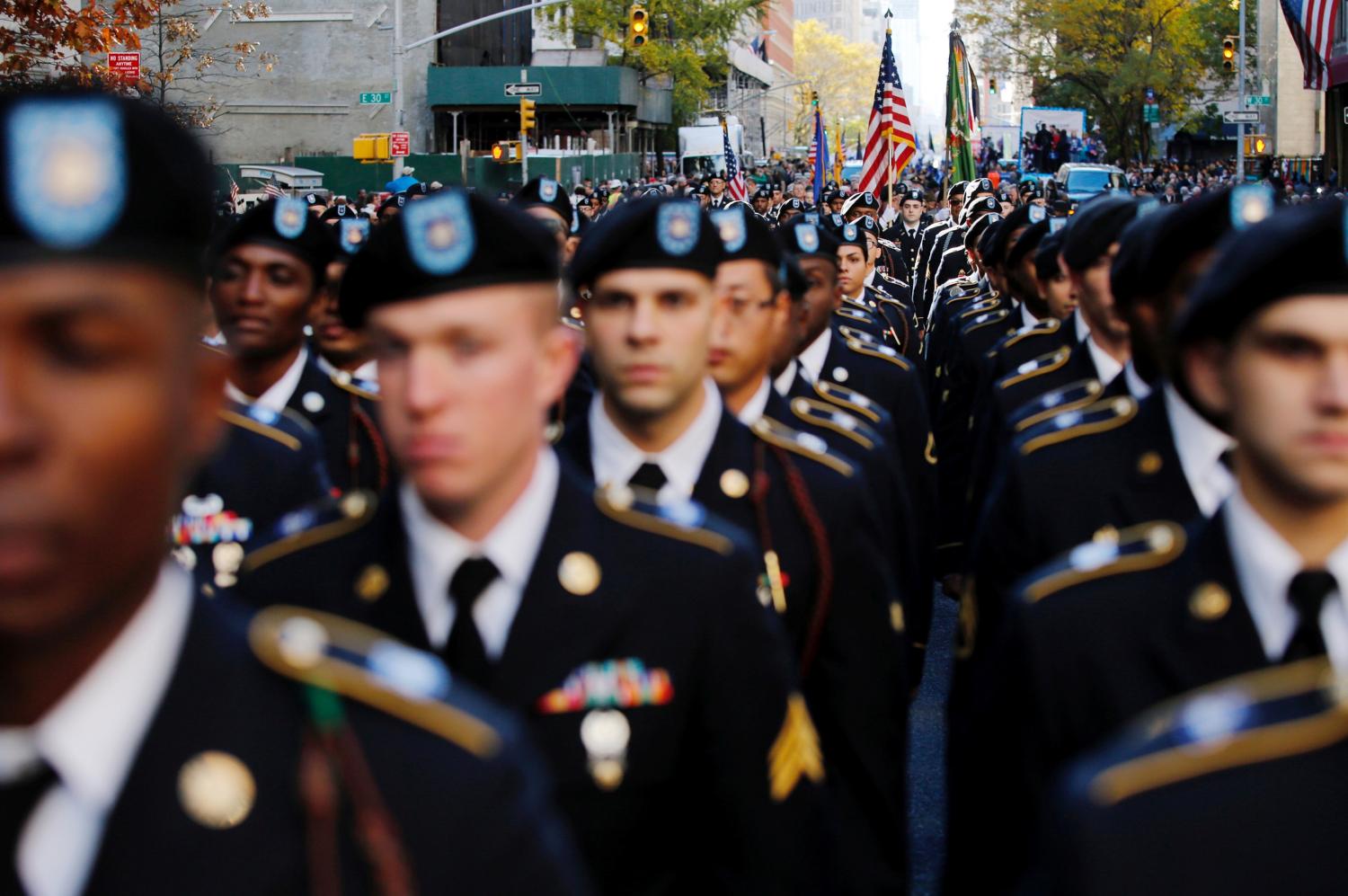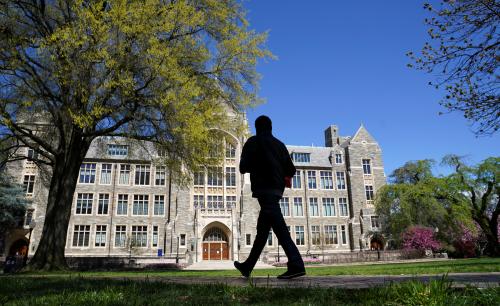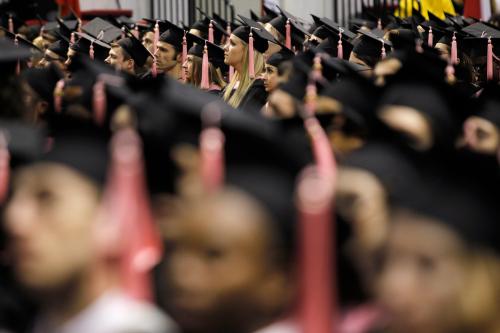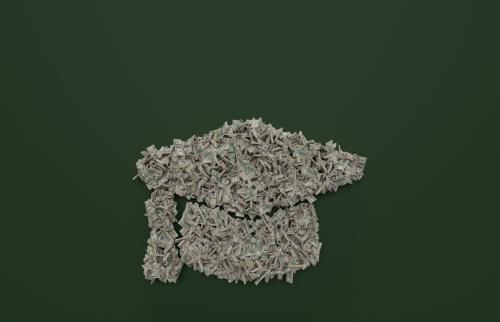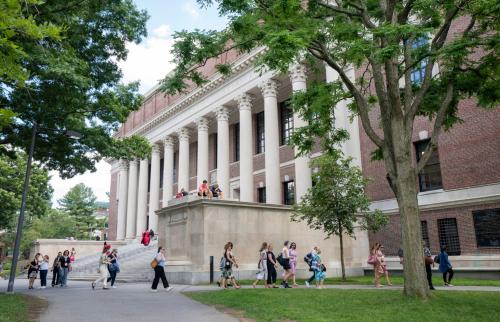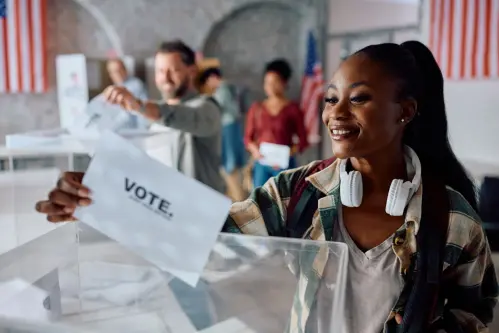This paper was written in conjunction with the Accountability in Higher Education event on September 8, 2020.
The Post 9/11 GI Bill (and the updated version called the “Forever GI Bill”) is one of the largest expansions of federal financial aid since the original introduction of the GI Bill following World War II and the Pell Grant in 1965. The Post 9/11 GI Bill (PGIB) greatly increased both the number of veterans that could collect the benefit and the generosity of the program. For example, housing benefits became a large boon to veterans that were not included in the Montgomery GI Bill (the previous iteration that Congress passed in 1984) as well as the removal of a requirement for veterans to pay into the program while they were active duty. In addition, spouses and dependents could also receive the bill if the service-member had no desire to attend post-secondary education and agreed to additional time in service. However, policymakers and researchers know very little about how this program works, what benefits to which service-members are entitled, and where veterans use their benefits.
While research on the PGIB has been limited, the passage and structure of the PGIB provides excellent opportunities for natural experiments to study the response of veterans (demand side) and colleges and universities (supply side) to this increase in veteran’s benefits. For example, Barr (2015) shows that the introduction of the PGIB increased college going amongst veterans and Barr (2019) uses geographic variation in the generosity of PGIB benefits to show that the introduction of PGIB increased degree attainment. Zhang (2018) finds that the PGIB did increase enrollment of veterans; particularly younger, less educated veterans compared to similar civilians. Castleman et al. (2019) examine the new provision in the PGIB that allowed service-members to transfer benefits to spouses and children. The authors find that more senior ranked service-members were more likely to transfer their benefits to their dependents; perhaps limiting the intergenerational mobility of military service.
Given the limited research on the PGIB, this paper hopes to contribute to this literature by providing by documenting which veterans use their benefits and at which institutions they enroll. I will use administrative data from the United States Army. These data contain information for veterans who served in the U.S. Army since the 1990s and thus cover the entire time period of the PGIB. These data are also linked to data from the National Student Clearinghouse and the Veteran’s Administration that document where the student attended college and institutional details about the college. Thus, these unique, administrative data allow this study to better inform future policymakers and researchers what reforms could be helpful to ensure that our country’s veterans realize their full educational potential and transition to the civilian labor market.

One major concern of the PGIB benefits is the role of for-profit universities. For-profit universities have marketed their courses to active duty military and veterans as a more flexible alternative to traditional community colleges or universities. However, the return to for-profit education for the general population is questionable (Cellini and Turner (2019), Deming et al. (2016); Deming et al. (2012), Darolia et al. (2015)). Baird et al. (2019) find that for-profit universities also change their “sticker price” tuition rates in response to changes in the generosity of the PGIB; thus price discriminating away some of the consumer surplus of the PGIB. In 2010, the Senate Health, Education, Labor, and Pensions (HELP) committee found that in the first year of the PGIB existence, that veteran students at for-profit colleges claimed nearly 36.5 percent of all PGIB benefits while enrolling 23.3 percent of PGIB beneficiaries (Health, Education, Labor and Pensions Committee, 2010). The report also found that veterans enroll at for-profit colleges at a rate double that of the civilian population.
One reason why for-profit colleges recruit veterans is an exception in the “90/10” rule policy. The “90/10” policy constrains the revenues of for-profit institutions to be only 90 percent federal dollars. However, one loophole in this rule is that Department of Defense and Veterans’ Administration benefits are exempted. Thus, a for-profit college that was in violation of the “90/10” rule could potentially bring itself into compliance by recruiting more veterans. This exemption creates an incentive for for-profit colleges to recruit veterans and there is concern that veterans could not be capturing their entire “return on investment” of their military service (Cellini and Koedel (2017)). This paper hopes to contribute to this debate by documenting GI Bill usage at for-profit colleges over time and what veteran characteristics are correlated with attendance at a for-profit college.
Read the full report here.
Michael S. Kofoed is an Associate Professor of Economics at the United States Military Academy and an employee of the Department of Defense and the Department of the Army. This work uses administrative data from the United States Army. This work was reviewed by the Office of Economic and Manpower Analysis (OEMA) that houses the administrative data used in this paper. The views expressed herein are those solely of the author and do not reflect the position of the United States Military Academy, Office of Economic and Manpower Analysis, the Department of the Army, or the Department of Defense. Other than the aforementioned, the author did not receive financial support from any firm or person for this article or from any firm or person with a financial or political interest in this article. He is currently not an officer, director, or board member of any organization with an interest in this article.

